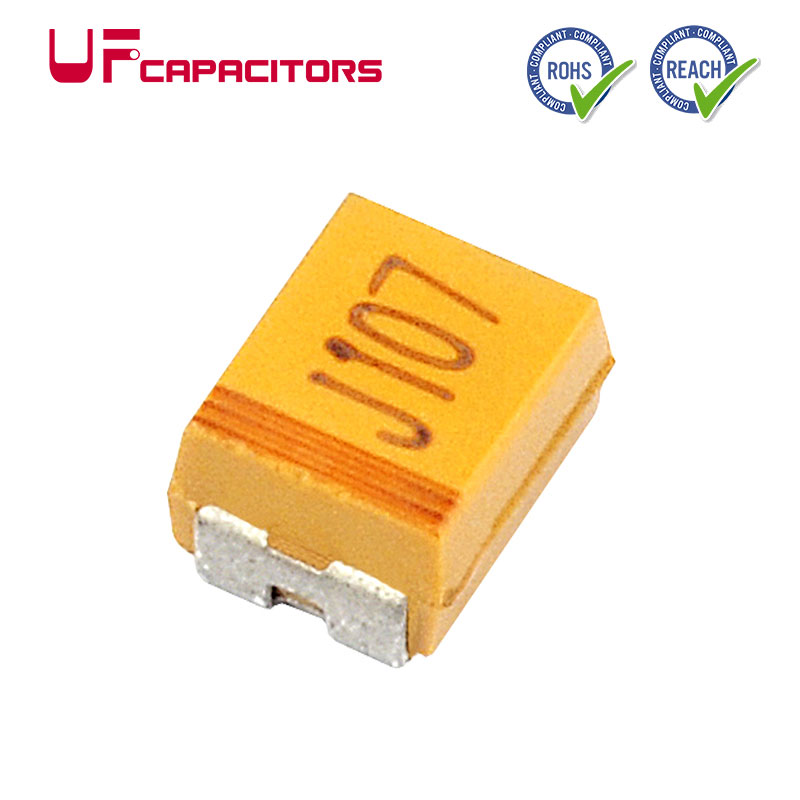- Español
- Português
- русский
- Français
- 日本語
- Deutsch
- tiếng Việt
- Italiano
- Nederlands
- ภาษาไทย
- Polski
- 한국어
- Svenska
- magyar
- Malay
- বাংলা ভাষার
- Dansk
- Suomi
- हिन्दी
- Pilipino
- Türkçe
- Gaeilge
- العربية
- Indonesia
- Norsk
- تمل
- český
- ελληνικά
- український
- Javanese
- فارسی
- தமிழ்
- తెలుగు
- नेपाली
- Burmese
- български
- ລາວ
- Latine
- Қазақша
- Euskal
- Azərbaycan
- Slovenský jazyk
- Македонски
- Lietuvos
- Eesti Keel
- Română
- Slovenski
- मराठी
- Srpski језик
Identify the Quality of Power Capacitors
2022-04-06
This article introduces how to distinguish the quality of power capacitors
1. External observation and auscultation
1. If the casing of the capacitor is found to be deformed and the belly expands, it means that the insulating medium or electrode inside the capacitor must be damaged, and it should be immediately withdrawn from operation and scrapped and replaced with a new one.
2. If it is found that the high-voltage porcelain bottle of the capacitor is flashed and cracked, or the phenomenon of fuel injection or overflow of the internal insulating medium has occurred, it should be judged that the capacitor is damaged immediately.
3. There should be no sound when the capacitor is in normal operation. If you hear an abnormal "crack", "pop" discharge sound or a dull sound of "buzz", it means that there must be a fault inside the capacitor, and the operation should be stopped immediately for further inspection and treatment or a new product should be replaced.
4. When the capacitor is running, if it is found that the capacitor switch of the group has tripped by accident or the high-voltage drop fuse is blown, it should be out of operation, and the capacitor can be put into operation again after it is confirmed that there is no fault.
2. Insulation shaker test method
Discharge and disconnect the external wiring of the capacitor to be tested.
Select a megohmmeter with a voltage level equivalent to the working voltage of the capacitor to shake the insulation resistance of the capacitor. Wear insulating gloves or stand on the insulator when shaking the test, keep a constant speed at a speed of about 120 rpm, and then reliably touch the test wire (pen) to the tested conductor of the capacitor at one time. After charging the capacitor and reading the data in seconds to 60 seconds, quickly remove the test lead (pen) from the test object to cut off the circuit, and then lower and terminate the rotation of the shaking handle to prevent the remaining charge of the charged capacitor from passing through. The discharge of the circuit in the shaker leaks and damages the indicator needle, and burns the internal components such as the diode in the shaker.
Short-circuit discharge of the capacitor can be judged according to the following three results:
1. If the needle of the megohmmeter starts from zero, gradually increases to a certain value and tends to be stable when the megohmmeter is shaken, there is a crisp sound and sparks of discharge when the capacitor is short-circuited after shaking, indicating that the capacitor has good charging and discharging performance, as long as the insulation is not good. If it is lower than the specified value, it can be judged that the capacitor is qualified, just put it into operation with confidence.
2. If the megohmmeter has some readings, but there is no discharge spark when short-circuited, it means that the connecting wire between the electrode plate and the terminal has been broken, and it must be withdrawn from operation or replaced with a new product.
3. If the megohmmeter stops at the zero position, it means that the capacitor has been broken down and damaged and cannot be used again.

1. External observation and auscultation
1. If the casing of the capacitor is found to be deformed and the belly expands, it means that the insulating medium or electrode inside the capacitor must be damaged, and it should be immediately withdrawn from operation and scrapped and replaced with a new one.
2. If it is found that the high-voltage porcelain bottle of the capacitor is flashed and cracked, or the phenomenon of fuel injection or overflow of the internal insulating medium has occurred, it should be judged that the capacitor is damaged immediately.
3. There should be no sound when the capacitor is in normal operation. If you hear an abnormal "crack", "pop" discharge sound or a dull sound of "buzz", it means that there must be a fault inside the capacitor, and the operation should be stopped immediately for further inspection and treatment or a new product should be replaced.
4. When the capacitor is running, if it is found that the capacitor switch of the group has tripped by accident or the high-voltage drop fuse is blown, it should be out of operation, and the capacitor can be put into operation again after it is confirmed that there is no fault.
2. Insulation shaker test method
Discharge and disconnect the external wiring of the capacitor to be tested.
Select a megohmmeter with a voltage level equivalent to the working voltage of the capacitor to shake the insulation resistance of the capacitor. Wear insulating gloves or stand on the insulator when shaking the test, keep a constant speed at a speed of about 120 rpm, and then reliably touch the test wire (pen) to the tested conductor of the capacitor at one time. After charging the capacitor and reading the data in seconds to 60 seconds, quickly remove the test lead (pen) from the test object to cut off the circuit, and then lower and terminate the rotation of the shaking handle to prevent the remaining charge of the charged capacitor from passing through. The discharge of the circuit in the shaker leaks and damages the indicator needle, and burns the internal components such as the diode in the shaker.
Short-circuit discharge of the capacitor can be judged according to the following three results:
1. If the needle of the megohmmeter starts from zero, gradually increases to a certain value and tends to be stable when the megohmmeter is shaken, there is a crisp sound and sparks of discharge when the capacitor is short-circuited after shaking, indicating that the capacitor has good charging and discharging performance, as long as the insulation is not good. If it is lower than the specified value, it can be judged that the capacitor is qualified, just put it into operation with confidence.
2. If the megohmmeter has some readings, but there is no discharge spark when short-circuited, it means that the connecting wire between the electrode plate and the terminal has been broken, and it must be withdrawn from operation or replaced with a new product.
3. If the megohmmeter stops at the zero position, it means that the capacitor has been broken down and damaged and cannot be used again.

Previous:Common Problems with Capacitors


